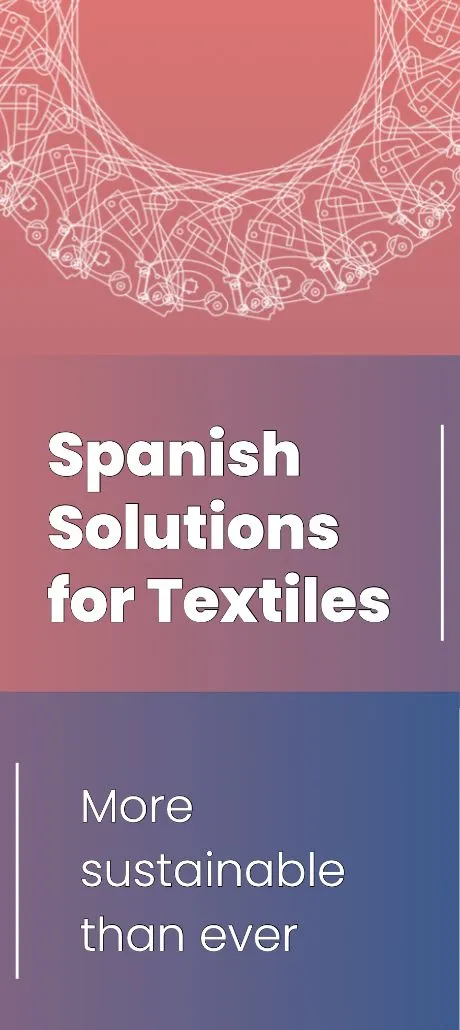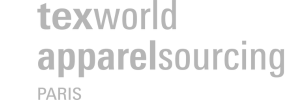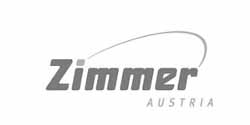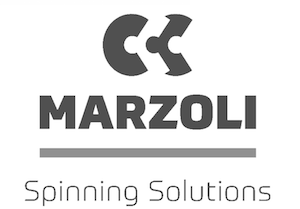Iran’s textile industry is under pressure as uncontrolled imports of yarn and fabric—both legal and illegal—continue to drain foreign currency and undermine local manufacturing. Industry observers warn that the current trend highlights weaknesses in economic oversight, currency allocation, and trade policy enforcement.
Despite severe currency shortages caused by sanctions and economic constraints, large sums are being used to import textile raw materials. The gap between Iran’s official and free-market exchange rates has created conditions ripe for profiteering, with some importers exploiting systemic loopholes, weak monitoring systems, and free trade zone exemptions.
Currency Gaps and Loopholes Empower Importers
Border Markets and Free Trade Zones
The unchecked inflow of yarn and fabric—much of it entering through border markets and special zones—has dealt a heavy blow to domestic producers. Many local manufacturers struggle to compete, while smuggled or falsely branded imports further disrupt fair competition.

Resistance to Reform and Policy Weaknesses
These issues are compounded by the influence of powerful import networks that resist policy reforms aimed at curbing non-essential imports. Critics argue that without stronger regulation and enforcement, the industry’s ability to generate jobs and value-added production will remain limited.
Recommendations from Industry Experts
Experts stress the urgent need to restructure import policies, revise customs tariffs, and realign currency allocation strategies toward supporting machinery and raw materials essential for domestic manufacturing.
Amid growing calls for reform, policymakers are urged to prioritize local production, improve oversight, and foster consumer awareness around high-quality Iranian textile goods—many of which rival foreign alternatives in both design and durability.































